SCO summit scheduled to take place in China in late August
Leaders from more than 20 countries and senior officials from 10 international organizations are planning to attend the Tianjin Summit of the Shanghai...
February 23, 2025 – Elon Musk’s AI company, xAI, has launched its latest flagship AI model, Grok 3, unveiling new capabilities for its Grok iOS and web applications.
Grok 3, positioned as a competitor to OpenAI’s GPT-4o and Google’s Gemini, offers enhanced reasoning capabilities and image analysis, further integrating with Musk’s social network, X.
Grok 3: enhanced AI capabilities
Grok 3 has been in development for months and was initially slated for release in 2024 but experienced delays. The model was trained using an enormous data center in Memphis containing approximately 200,000 GPUs. According to Musk, the new model was developed with “10x” more computing power than its predecessor, Grok 2, leveraging a more extensive training dataset, including legal filings.
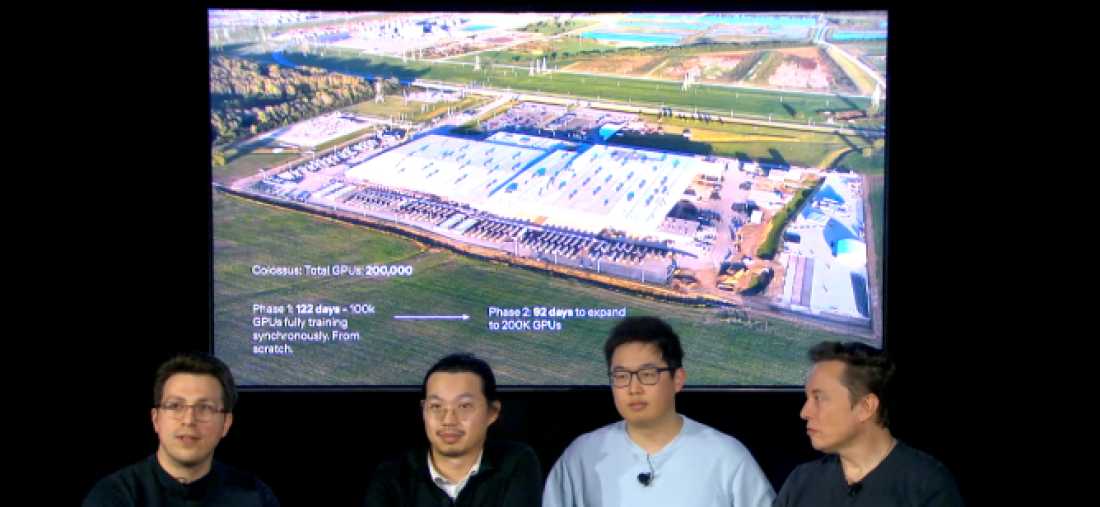
“Grok 3 is an order of magnitude more capable than Grok 2,” Musk stated during a live-streamed presentation. “[It’s a] maximally truth-seeking AI, even if that truth is sometimes at odds with what is politically correct.”
Grok 3 model variants and features
The Grok 3 family includes multiple versions:
Grok 3 mini: Offers faster response times at the cost of some accuracy.
Grok 3 Reasoning & Grok 3 mini Reasoning: Designed to carefully “think through” problems, similar to OpenAI’s o3-mini and DeepSeek’s R1. These models aim to fact-check themselves before responding, improving accuracy.
Grok 3 is currently rolling out in phases, with some features still in beta. The new models reportedly outperform GPT-4o in AI benchmarks such as AIME (mathematics performance) and GPQA (graduate-level science questions). Additionally, xAI claims that Grok 3 Reasoning surpasses OpenAI’s o3-mini-high in mathematics assessments, including AIME 2025.
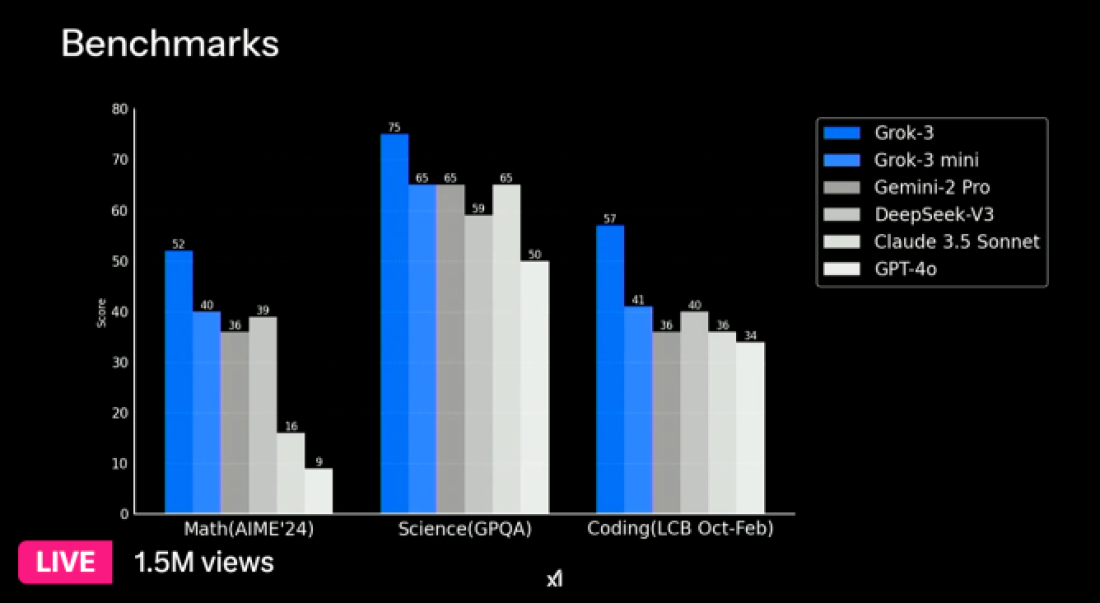
New capabilities: DeepSearch and Reasoning enhancements
The reasoning models power DeepSearch, xAI’s AI-powered research tool, which scans the internet and X to generate detailed abstracts in response to user queries. Users can activate Grok 3’s enhanced reasoning through:
“Think” mode: For complex questions requiring deeper analysis.
“Big Brain” mode: A high-compute setting designed for advanced problem-solving.
To prevent unauthorized knowledge extraction, xAI has partially obscured the reasoning models’ thought processes in the Grok app. This measure follows recent controversies, such as DeepSeek’s alleged distillation of OpenAI models.
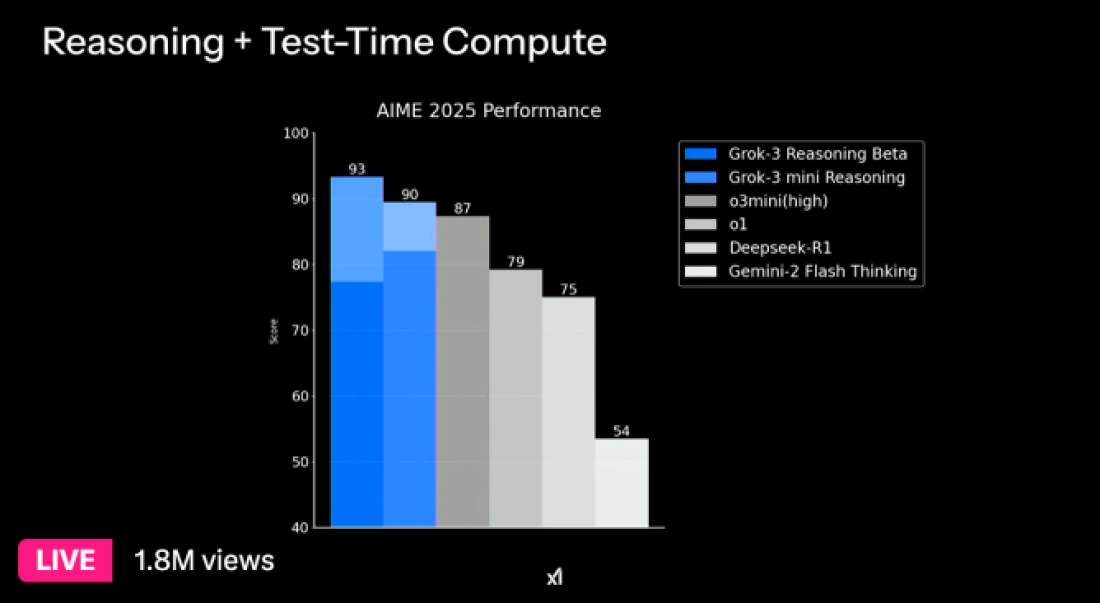
Subscription tiers and upcoming features
Grok 3 will first be available to X Premium+ subscribers ($22/month), while advanced features will require a new SuperGrok plan, reportedly priced at $30/month or $300/year. This premium tier grants additional reasoning queries, DeepSearch access, and unlimited image generation.
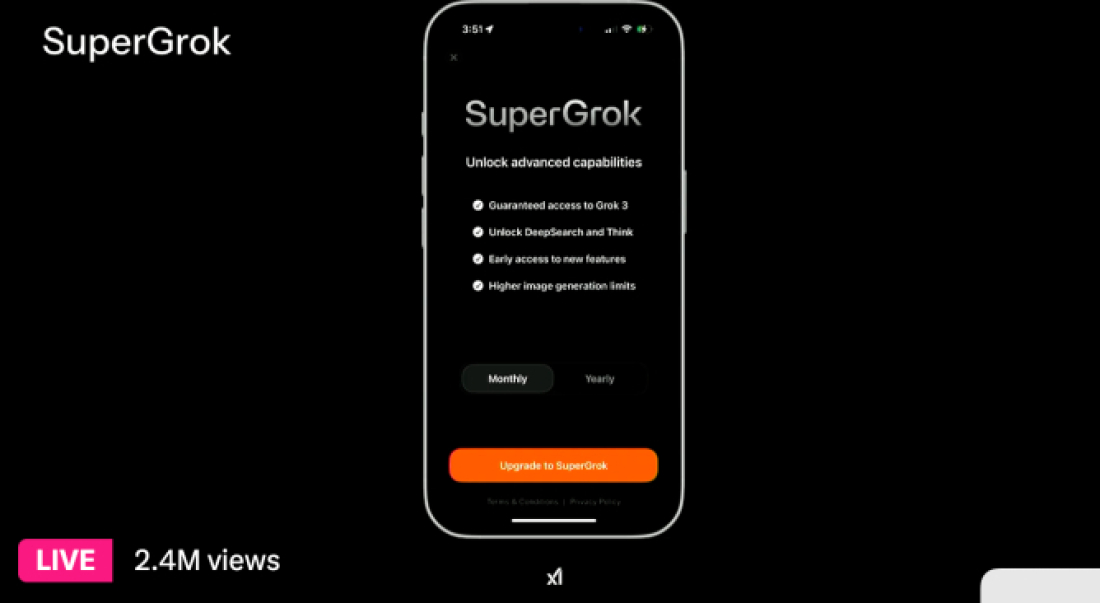
Upcoming enhancements include:
Voice Mode (within a week): A synthesized voice for Grok models.
Enterprise API Access (within weeks): xAI will offer Grok 3 and DeepSearch via API for business integration.
Future Open-Source plans and political neutrality pledge
Musk announced that xAI intends to open-source Grok 2 in the coming months, following a pattern where previous models are made public once new versions become stable.
“When Grok 3 is mature and stable, which is probably within a few months, then we’ll open-source Grok 2,” Musk confirmed.
Grok was initially marketed as an “edgy” and “unfiltered” AI model that could answer controversial questions other models avoided. However, past versions hedged on political topics, with one study suggesting a left-leaning bias on issues such as transgender rights and diversity programs. Musk has attributed this to training data limitations and has pledged to shift Grok toward greater political neutrality. Whether xAI has achieved this goal remains unclear, but the company continues to push boundaries in AI development.
As Grok 3 rolls out, its real-world performance and reception will determine its place in the competitive AI landscape.
A series of earthquakes have struck Guatemala on Tuesday afternoon, leading authorities to advise residents to evacuate from buildings as a precaution against possible aftershocks.
Start your day informed with AnewZ Morning Brief: here are the top news stories for 10th July, covering the latest developments you need to know.
China and the Association of Southeast Asian Nations will send an upgraded ‘version 3.0’ free-trade agreement to their heads of government for approval in October, Chinese Foreign Minister Wang Yi said on Saturday after regional talks in Kuala Lumpur.
Chinese automaker Chery has denied an industry-ministry audit that disqualified more than $53 million in state incentives for thousands of its electric and hybrid vehicles, insisting it followed official guidance and committed no fraud.
Hollywood star Sydney Sweeney is reportedly the top contender to become the next Bond girl, as director Denis Villeneuve and Amazon look to modernise the James Bond franchise.
Nvidia has received approval from the U.S. government to sell its advanced H20 AI chips to China, CEO Jensen Huang announced.
Apple and mining company MP Materials announced a joint $500 million investment to develop a rare earth magnet recycling facility, with plans to bolster U.S.-based production and reduce reliance on China.
Meta CEO Mark Zuckerberg announced plans to invest hundreds of billions of dollars into building next-generation AI data centres, signalling an aggressive long-term bet on superintelligence and reaffirming Meta’s leadership ambitions in the global AI race.
Peggy Whitson, NASA retiree turned private astronaut, headed for splashdown in the Pacific on Tuesday after her fifth trip to the International Space Station, joined by crewmates from India, Poland, and Hungary returning from their countries’ first ISS mission.
A team led by Prof. Mingtai Wang at the Hefei Institutes of Physical Science has developed a breakthrough method to control the spacing of titanium dioxide nanorods without changing their size, significantly improving solar cell efficiency.
You can download the AnewZ application from Play Store and the App Store.
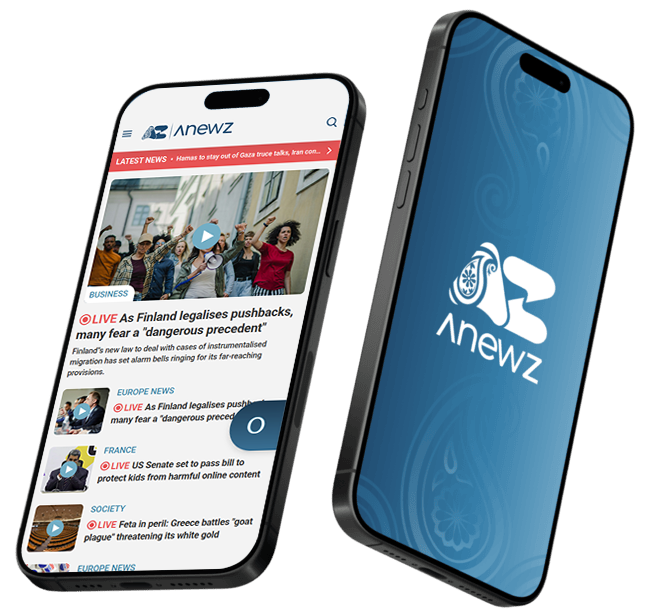
What is your opinion on this topic?
Leave the first comment